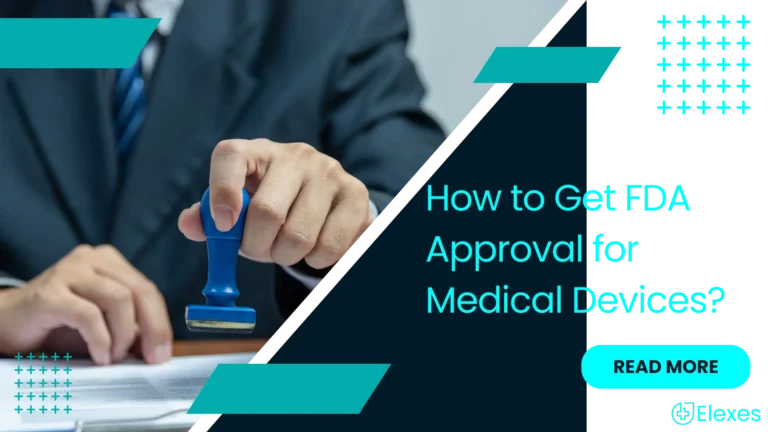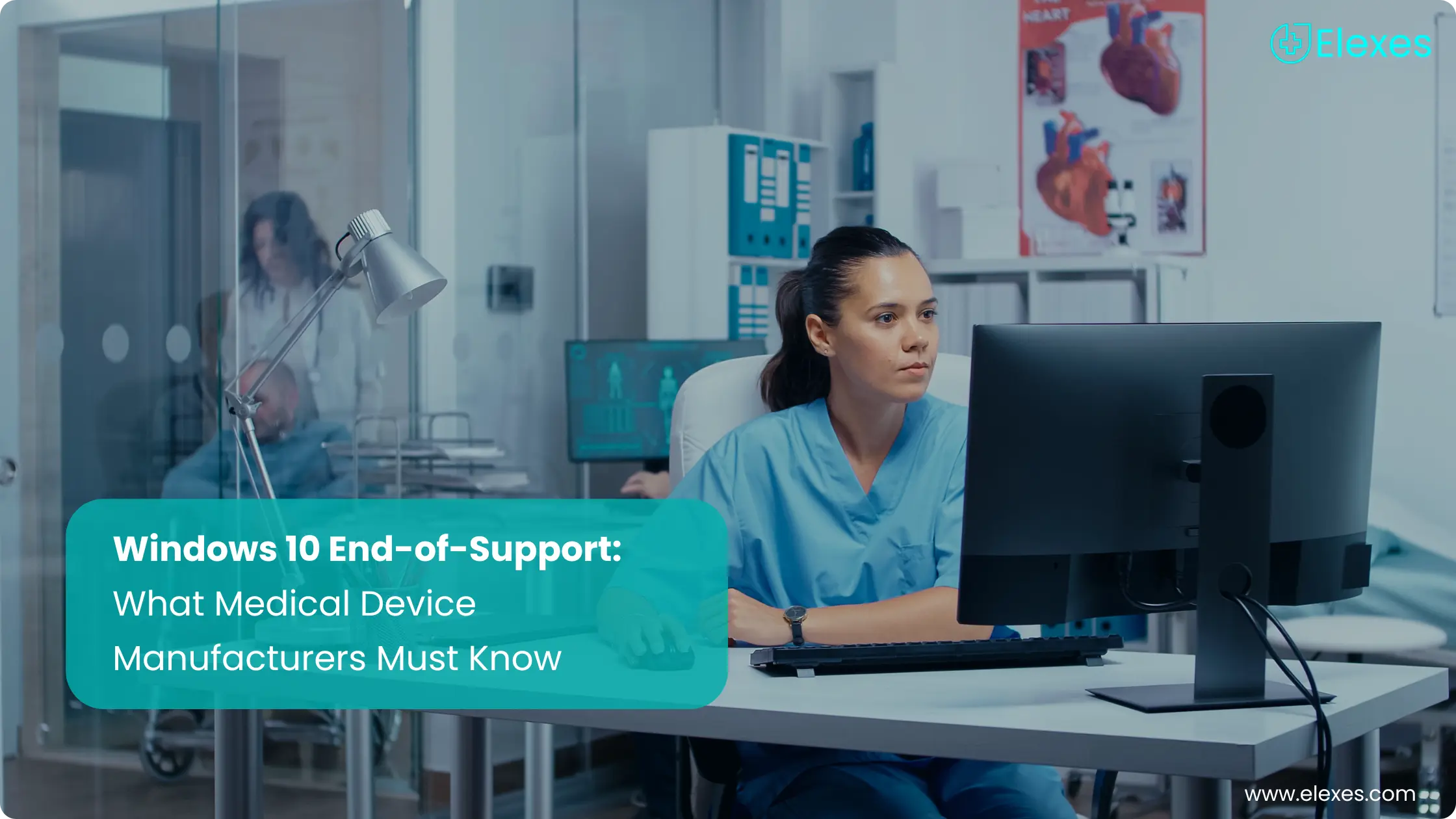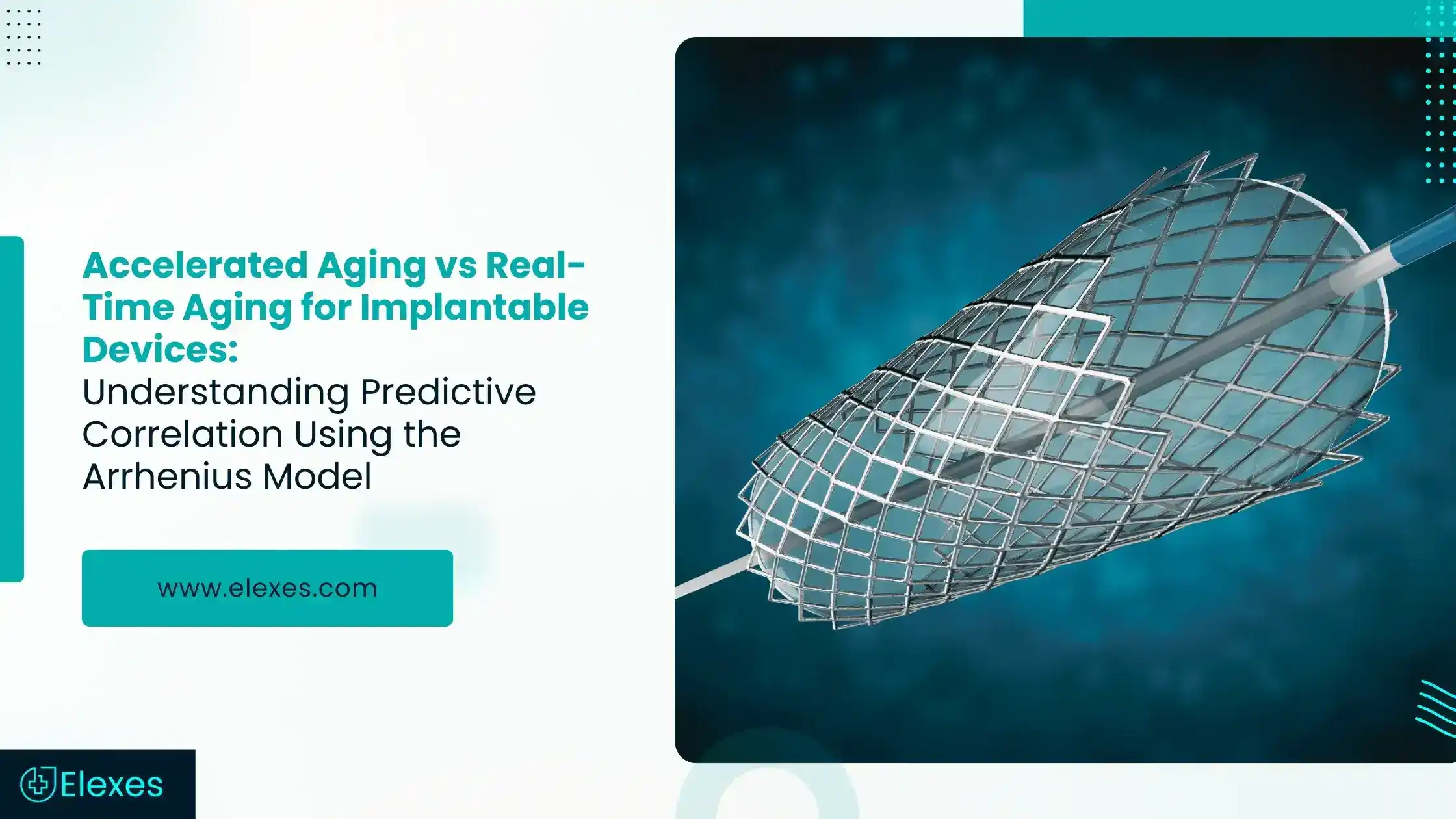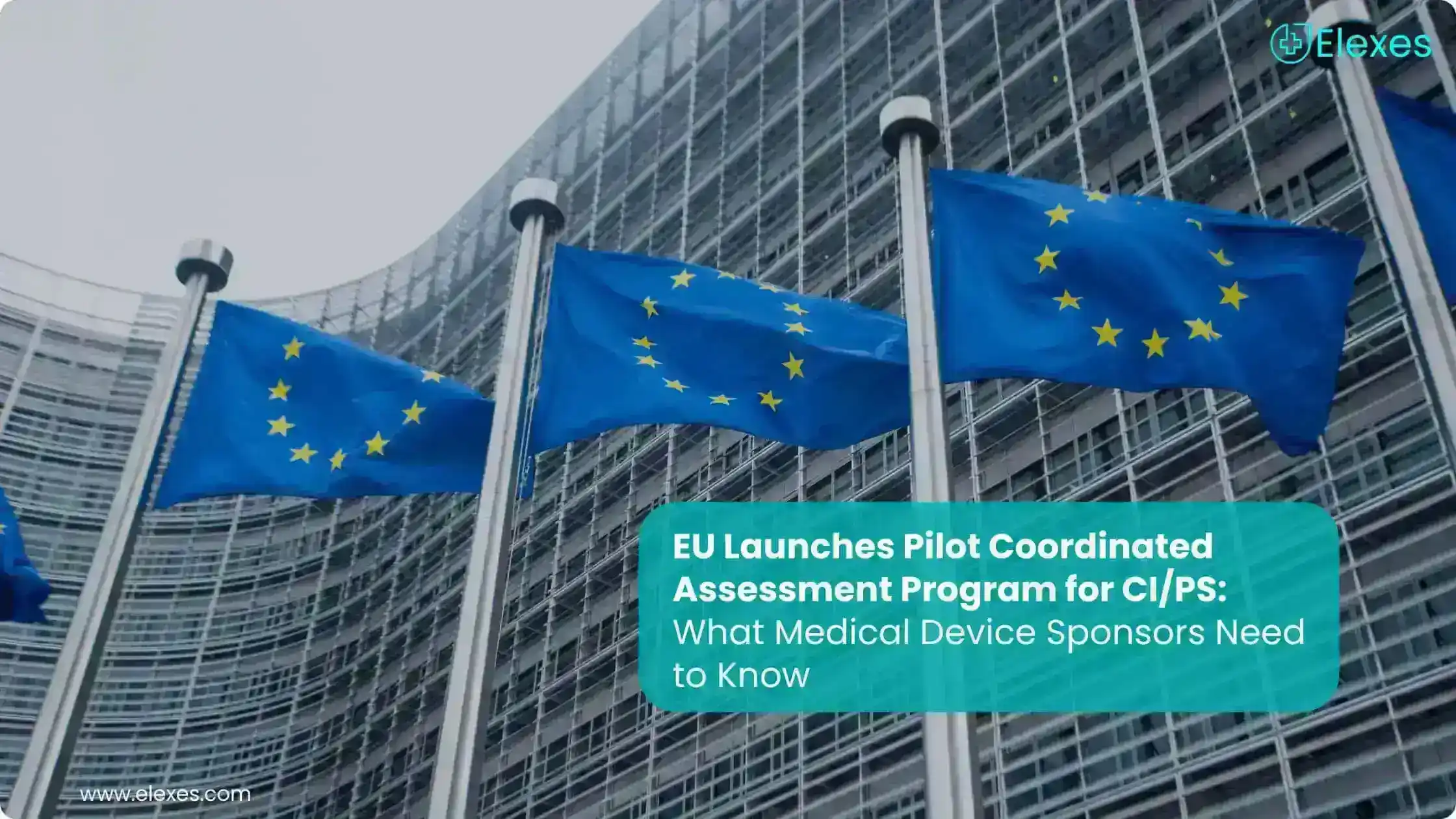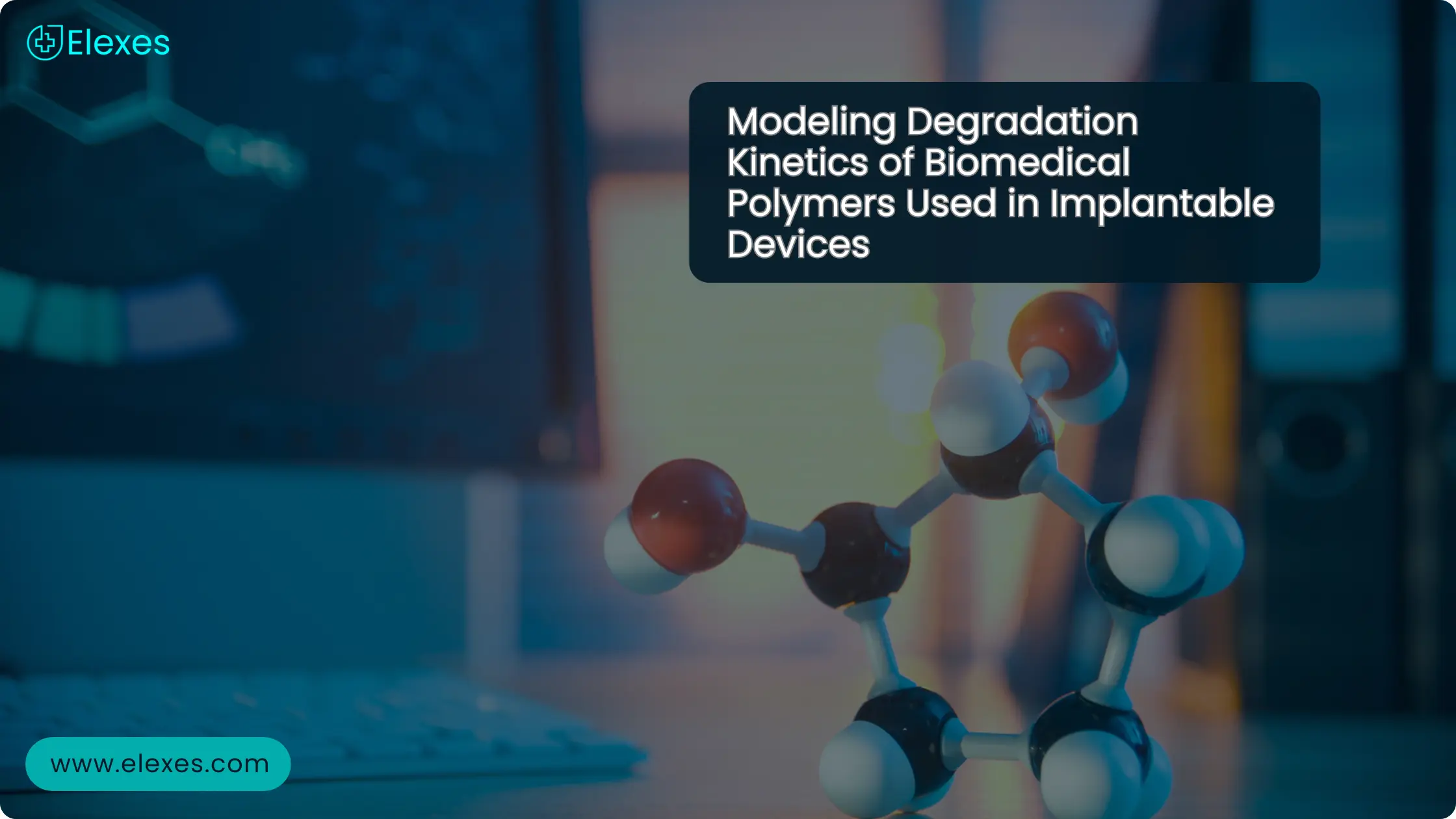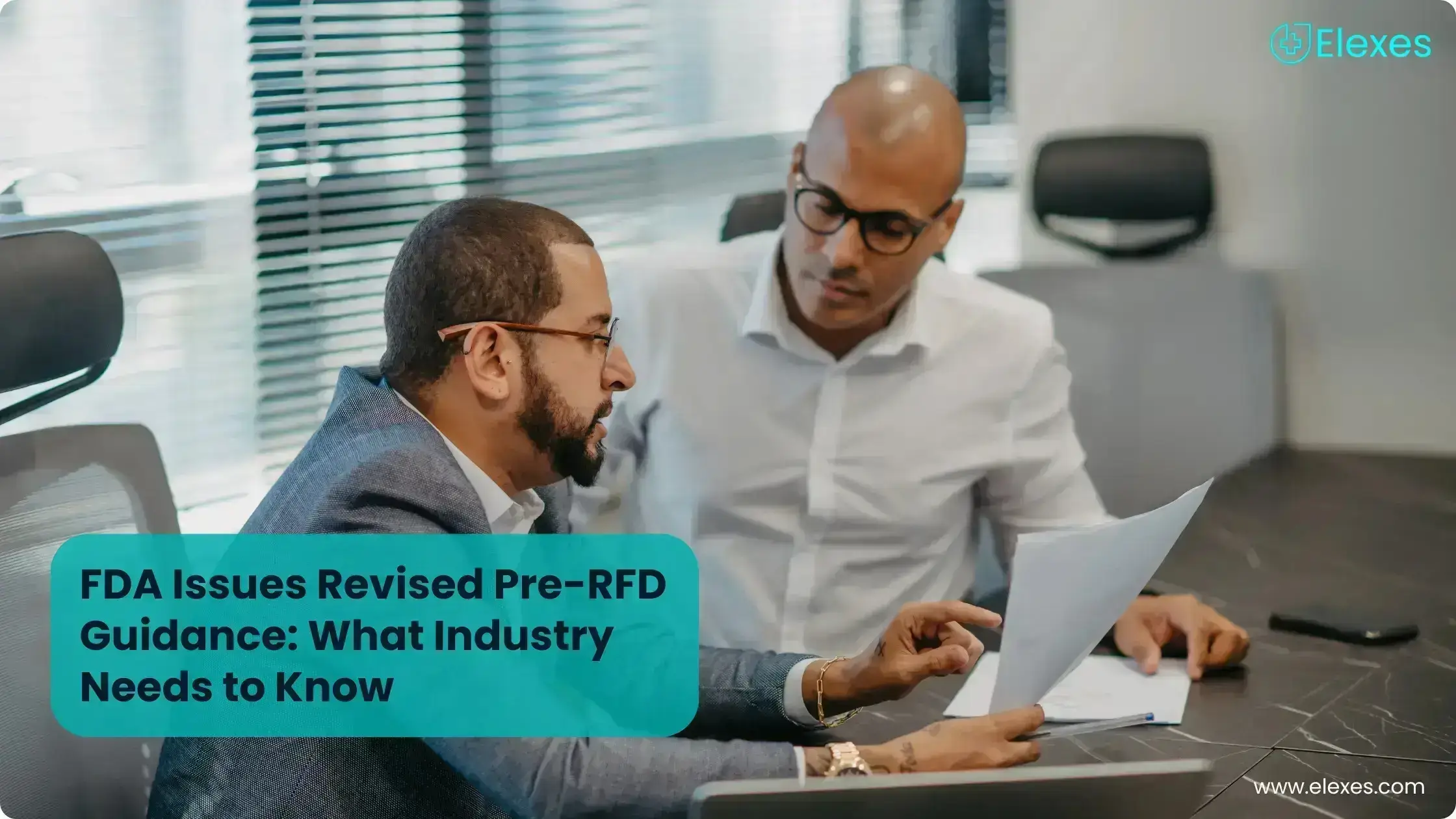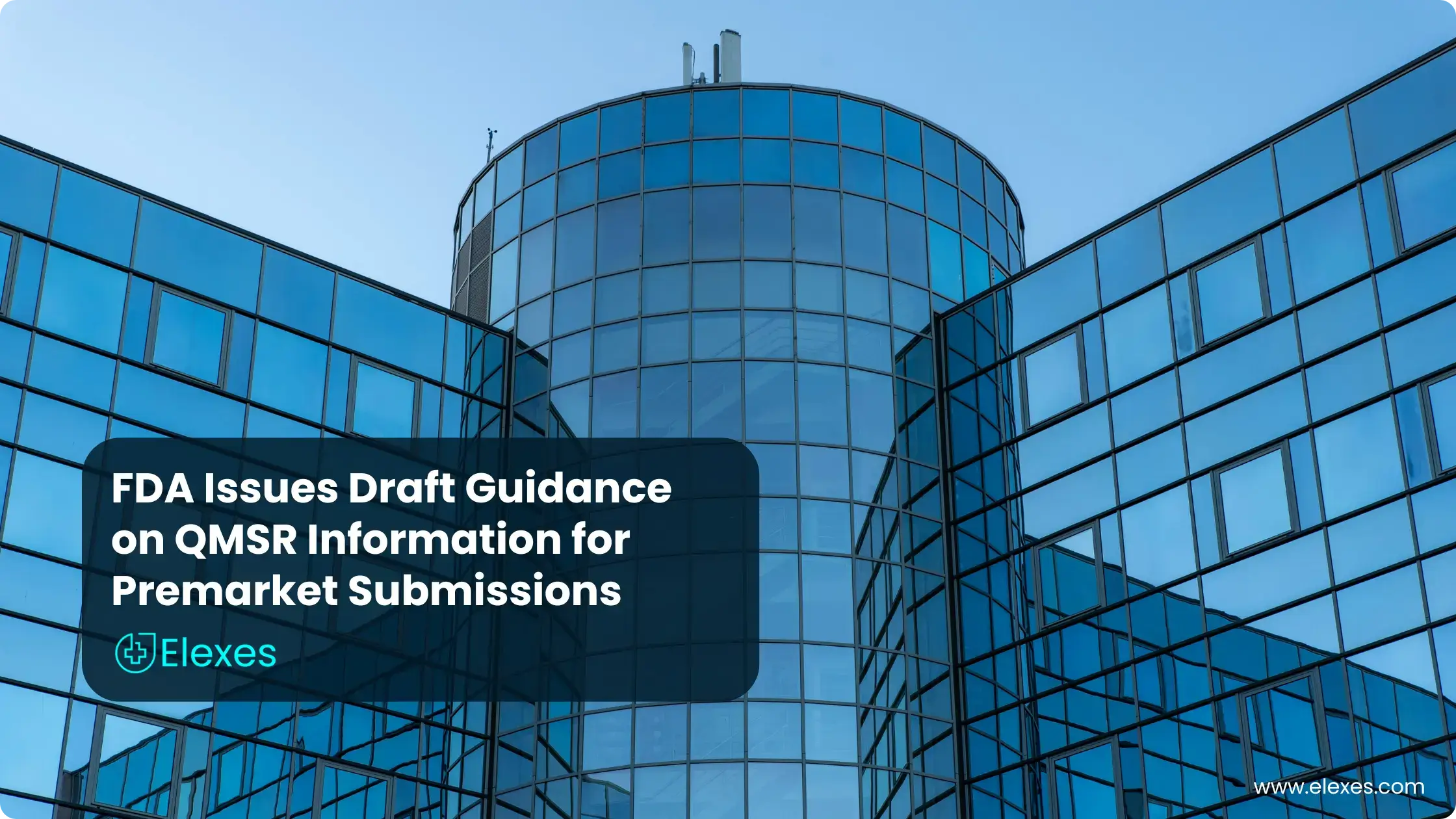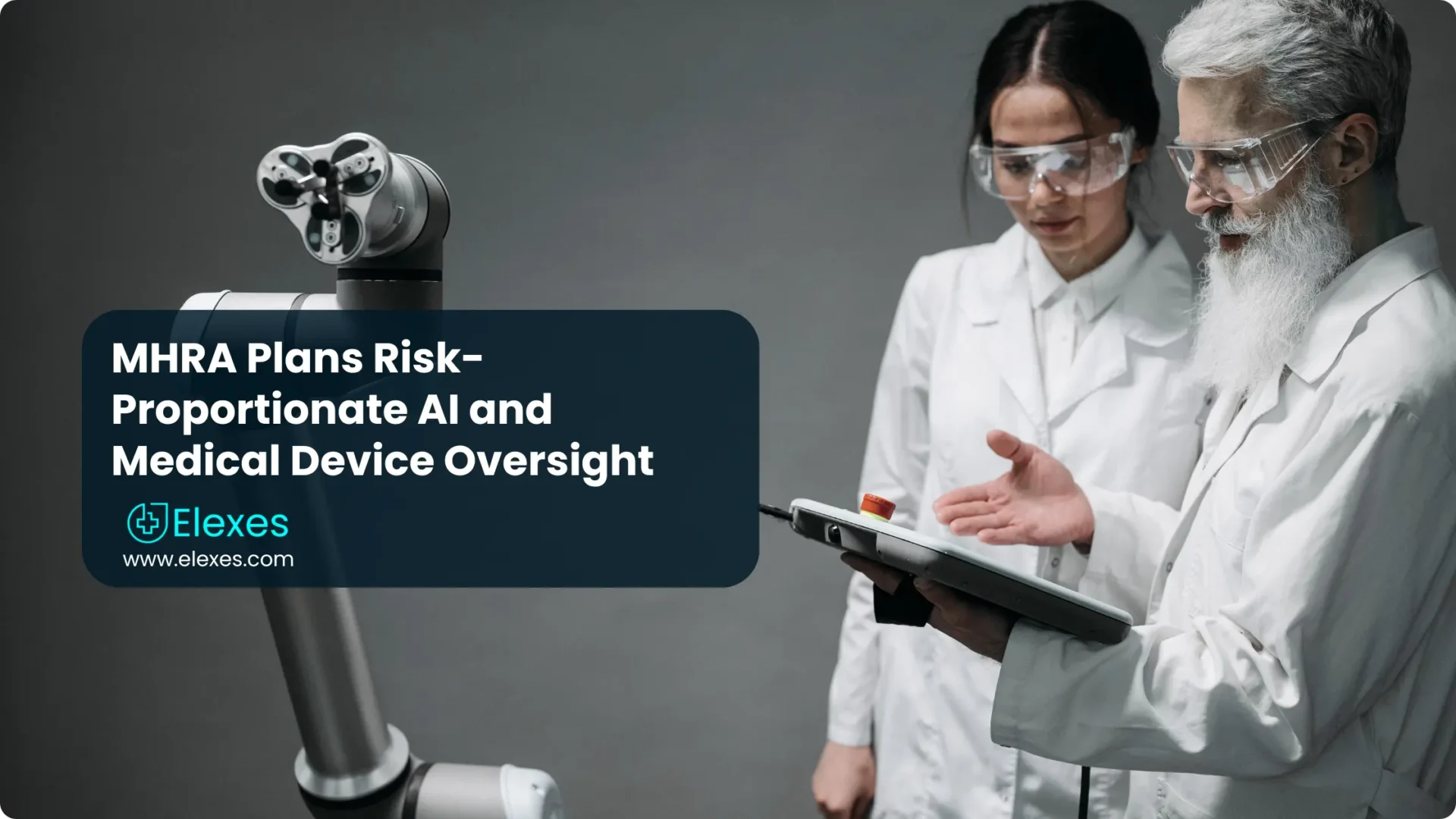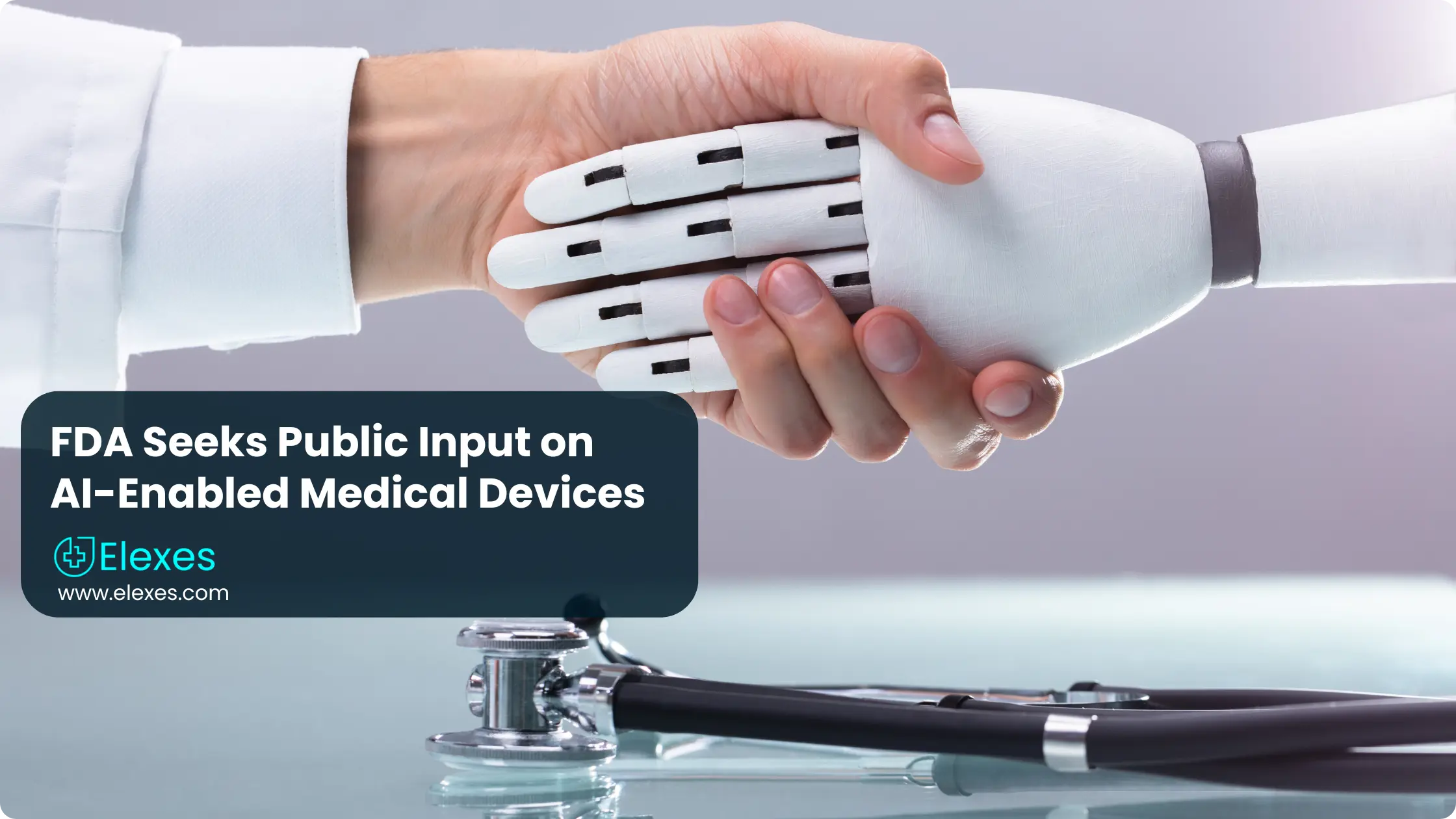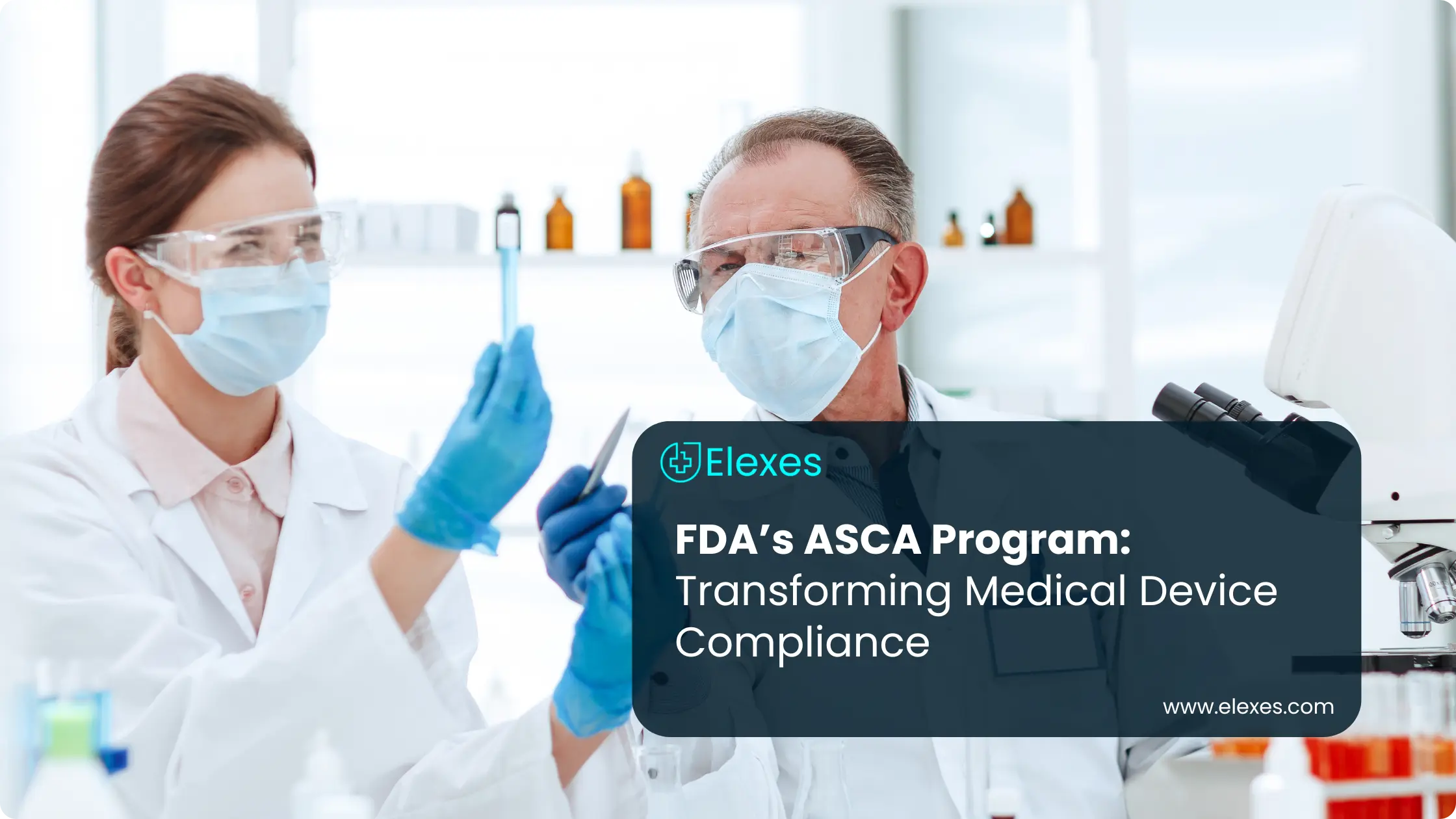FDA Medical Device Approval Process: Step-by-Step Path to Clearance
The US Food and Drug Administration (FDA) regulates the cosmetic, food and beverage, and medical device industries. The FDA’s Center for Devices and Radiological Health (CDRH) is responsible for regulating and monitoring the medical devices sold in the USA. Before a product is legally launched in the market, the FDA through CDRH formally evaluates compliance through a comprehensive process. If you want to launch your medical product in the US, you should be aware of the FDA authorization pathways applicable to medical devices.In this blog, we have explained the FDA regulatory pathways that can help launch your medical device in the US seamlessly.
Elexes has helped over 150 MedTech companies gain FDA 510(k), PMA, and De Novo clearances for software, hardware, and combination devices. If you’re preparing to bring a device to the U.S. market, this guide explains the FDA pathway that fits your product and resources.
What is FDA Approval?
FDA approval refers to getting the regulatory body (FDA) to approve your product’s effectiveness and safety. However, to get FDA approval for medical devices, you must ensure compliance.
What is FDA Compliance?
FDA compliance involves adhering to quality system regulations and safety protocols set by the regulatory body. As an importer, distributor, or manufacturer in the USA, you must provide evidence that your medical device adheres to the FDA’s regulations for receiving approval to market in the USA.
Difference between FDA Approval and FDA Compliance
Although all FDA-approved products are FDA-compliant, many FDA-compliant products can have FDA approval pending. Some of the parameters on which FDA approval differs from FDA compliance include:
Parameter | FDA Approval | FDA Compliance |
Definition | FDA approval means the formal authorization by the regulatory body for a product to be marketed in the USA. | FDA compliance means adhering to regulations and standards for manufacturing and marketing. |
Scope | FDA approval is specific to products such as drugs, medical devices, and some food products. | FDA compliance has a broader scope encompassing various aspects of manufacturing, labeling, and marketing. |
Process | FDA approval involves a rigorous evaluation process, including clinical trials and reviews. | FDA compliance involves regular inspections, audits, and adherence to Good Manufacturing Practices (GMP). |
Duration | FDA approval is a one-time process that can take months. | FDA compliance is an ongoing, continuous process that involves adhering to regulations. |
Focus | FDA approval focuses on the product’s safety, efficacy, and quality. | FDA compliance focuses on quality control, safety standards, proper labeling, and reporting requirements. |
Outcome | Official approval letter from the FDA allowing the product to be marketed. | No formal approval, but compliance must be demonstrated during inspections. |
Examples | Some FDA approval examples include new drug applications (NDAs) and premarket approval (PMA) for medical devices. | Some FDA compliance examples include correct labeling, GMP compliance, and accurate reporting of adverse events. |
Penalties for Non-Compliance | Without formal FDA approval, a product cannot be legally marketed in the USA. | FDA non-compliance can lead to warning letters, fines, product recalls, or facility shutdowns. |
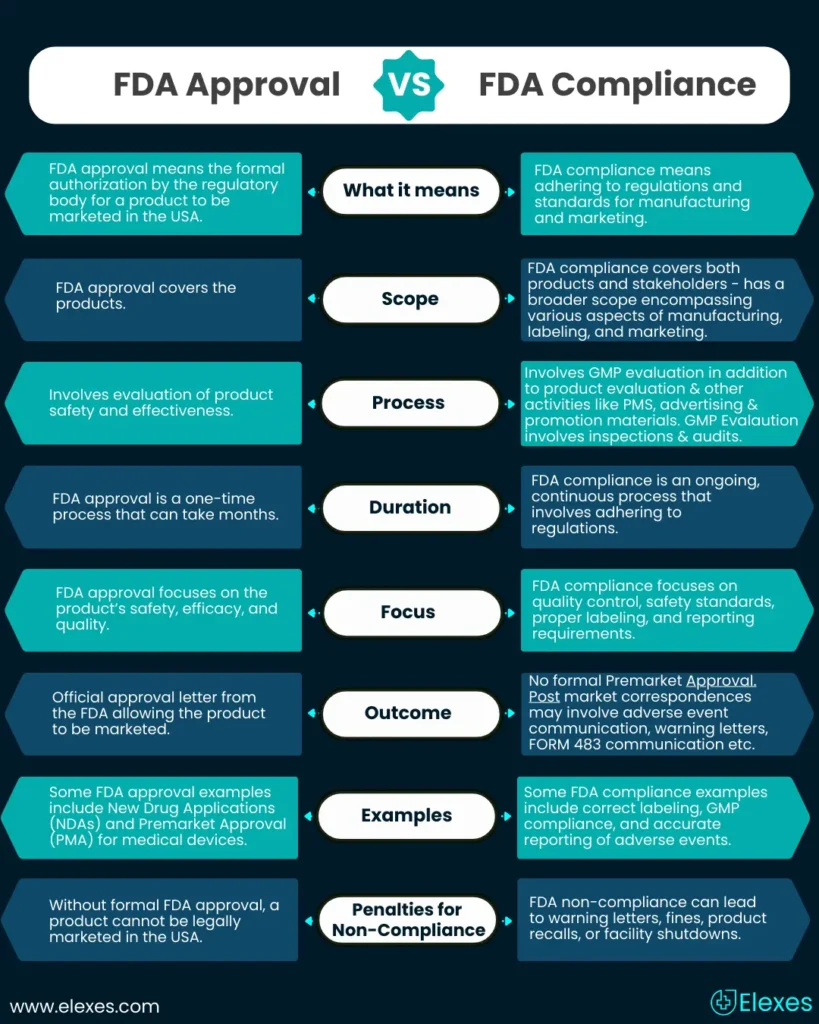
FDA Regulations for Medical Devices
All medical devices must adhere to Title 21 of the Code of Federal Regulations (21 CFR) for getting approval.
⦿ 21 CFR Part 11 - Electronic Records:
The FDA in its 21 CFR Part 11 supervises the storage and usage of electronic documents and signatures that is crucial for compliance documentation.
⦿ 21 CFR Part 807 - Establishment Registration:
The FDA in its 21 CFR Part 807 asks you to register your company on the official FDA Unified Registration and Listing System (FURLS). You also need to pay an annual registration fee through the Device Facility User Fee (DFUF) website.
⦿ 21 CFR Part 807 - Medical Device Listing:
The 21 CFR Part 807 requires you to list down all your manufactured devices along with their activities on FURLS.
⦿ 21 CFR Part 807 Subpart E - Premarket Notification (510k):
21 CFR Part 807 Subpart E asks you to get a 510k clearance for some medical device categorized as a Class II device (having a low-to-moderate risk).
⦿ 21 CFR Part 814 - Pre-Market Approval (PMA) Application:
21 CFR Part 814 applies to Class III devices (having higher risk) and includes breakthrough products.
⦿ 21 CFR Part 812 - Investigational Device Exemption (IDE):
The FDA 21 CFR Part 812 includes the investigational device exemption (IDE) that allows you to use medical devices in clinical trials.
⦿ 21 CFR Part 820 - Quality System Regulations:
The regulation focuses on three key areas: design input, design output, and design review. Design input guidelines from 820.30(c) ensure that device requirements address its intended use and the needs of users and patients. Design output guidelines from 820.30(d) mandate procedures for documenting and evaluating conformance to design input requirements. Design review guidelines from 820.30(e) require formal, documented reviews at appropriate stages of design development to manage the process effectively.
⦿ 21 CFR Part 801 - Labeling:
The FDA in its 21 CFR Part 801 asks you to put descriptive and informational labels on medical devices.
⦿ 21 CFR Part 803 - Medical Device Reporting:
FDA 21 CFR Part 803 asks importers, manufacturers, and user facilities to report device malfunctioning and serious injury or death caused by the device.
You can learn more about the FDA regulations for medical devices and how to comply with them in detail here.
How to Get FDA Approval for Medical Devices and Ensure Ongoing Compliance?
The medical device FDA approval process is a comprehensive and complex one. To make it simpler, we have listed down the steps that can help you get FDA approval for medical devices:
1. Confirm your Product is a Medical Device
The first step of the medical device FDA approval process includes ensuring your product meets the definition of a medical device under section 201(h) of the FD&C Act.
2. Classify your Medical Device
The second step of the medical device FDA approval process includes determining your device’s classification (Class I, II, or III). The FDA classifies devices into three categories:
⦿ Class I: Class I devices pose the least risk to patients and are subject to general controls for safety and effectiveness.
⦿ Class II: Class II devices pose a moderate risk to patients. Therefore, these devices require both general and special controls, including labeling, performance standards, and testing.
⦿ Class III: Class III devices are used to support or sustain life. These devices are implanted in the body and therefore have a high risk of illness or injury. Hence, class III devices require PMA and general controls to ensure safety and effectiveness.
Learn more about the classification of medical devices in our article – Determining Whether Your Product is a Medical Device! (FDA Medical Device Classification)
Knowing your device’s classification before development is crucial since it determines how you must manage requirements and testing. Furthermore, this FDA device classification dictates the level of regulatory control needed to ensure safety and effectiveness. It also determines whether your device requires 510k clearance or PMA in the clearance process from the FDA.
3. Verification and Validation of a Working Prototype
To continue with the medical device FDA approval process, you must have a working prototype of the device for lab and in-house testing to ensure it does not pose risks for human use. After lab or in-house testing, it may proceed to clinical trials or clinical validation as needed.
You must also check out – FDA 510(k) Submission: A Step-By-Step Guide On How To Prepare Yours
4. Pursue the Right Premarket Submission for Your Medical Device
Based on your classification, you must apply for the right pre-market submission program. You can obtain the classification under which your device falls from the Product Classification database.In case your device does not require regulatory approval or clearance (mostly class I devices) you can go to step 7.
The six types of FDA premarket submissions include:
⦿ Premarket Notification (510k)
For some class I and most class II devices, you must apply for a 510k submission. In a 510(k), you must show that the new device is substantially equivalent to a predicate device in terms of intended use, performance, and technological characteristics. However, most class I and some class II devices are exempt from a 510(k) requirement. You can find a list of 510k exempt class I and class II devices on the FDA’s official website.
⦿ 510(k) Third Party Review Program
If you want to get a faster FDA clearance for low-to-moderate-risk medical devices, then you can apply for the 510k Third Party Review Program (also known as the Accredited Persons Program). This program is a voluntary alternative review process where an accredited Third Party (3P510k) Review organization can review certain Class I and II devices. The process follows the same review procedure as the traditional 510k premarket submission but the 3P510k review organization may request additional information.
⦿ Premarket Approval (PMA)
If you have a Class III device then you must apply for a PMA, the most stringent type of premarket submission. Before the FDA approves a PMA, you must provide valid scientific evidence proving the device’s safety and effectiveness for its intended use.
Check out the complete guide on Premarket Approvals | PMA Basics, supplements, amendments, QMS & More…
⦿ De Novo Classification Request
If you have no predicate to ensure substantial equivalence, then you must apply for the De Novo process. It classifies a new medical device that has no existing predicate. The process validates the effectiveness and safety of such devices using general controls, or a combination of general and special controls.
⦿ Investigational Device Exemption (IDE)
To collect the device’s effectiveness and safety data, you can apply for the IDE pre-market submission. This process helps in backing up the PMA process.
⦿ Humanitarian Device Exemption (HDE)
The HDE pathway helps get class III devices to patients with rare diseases. To qualify, you first need your device designated as a Humanitarian Use Device (HUD) by applying to the FDA’s Office of Orphan Products Development (OOPD).
5. Compile Information for Pre-market Submission
The fifth step of the medical device FDA approval process involves gathering the data and information needed to submit a marketing application and get FDA clearance. For some 510k submissions and most PMA applications, you must have clinical performance data. In these cases, you must conduct your trial according to the IDE regulations (based on whether your clinical study is a significant risk, a non-significant risk, or an exempt study), before obtaining marketing clearance.
6. Wait for FDA to Approve your Medical Device
The sixth step of the medical device FDA approval process is to wait for the FDA to review and approve your device. You must follow the necessary steps as directed by the FDA reviewer during the process.
7. Post-Market Device Performance Monitoring to Maintain FDA Compliance
After approval, you must ensure that your device remains compliant throughout its lifespan because the FDA oversees the device’s performance to ensure ongoing effectiveness and safety. The FDA conducts both announced and unannounced inspections of production facilities to ensure compliance with good manufacturing and documentation practices. If your device does not meet the standards, the FDA can close the facility.
To report problems with approved medical devices, the FDA offers two programs:
⦿ MedWatch: This program is used for reporting adverse events related to medical products and provides safety alerts.
⦿ Medical Product Safety Network (MedSun): This program is used to report adverse events and monitor device safety through a network of 350 healthcare providers. It also publishes a monthly newsletter with updates.
8. Responding to FDA communications
Post-market FDA communications include various enforcement tools, such as Warning Letters and It Has Come to Our Attention (IHCTOA) letters.
Warning Letters are are issued when significant regulatory violations are identified, those that could lead to enforcement action if not corrected. In specific instances, ng a medical device in a manner that could potentially violate the implementing regulations. As an initial step, CDRH may issue an It Has Come to Our Attention (IHCTOA) Letter to request further information and engage with the company involved.
Navigating such communications is critical to maintaining market access and avoiding costly setbacks. Elexes empowers manufacturers with comprehensive gap assessments, strategic response development, and quality system enhancements tailored to FDA expectations.
Beyond addressing immediate concerns, we equip clients with audit preparedness training and proactive regulatory consulting to minimize future risks. With our expertise, manufacturers can confidently manage FDA interactions, accelerate issue resolution, and strengthen compliance frameworks.
Conclusion
Navigating FDA approval for medical devices involves complex regulatory hurdles, from classification to ongoing compliance with stringent standards. The process demands meticulous adherence to FDA guidelines, including thorough testing, documentation, and often lengthy review periods.
Consulting with a global regulatory consultant can streamline this process. These professionals offer expertise in navigating regulatory landscapes, accelerating approvals, and ensuring ongoing compliance.
Such consultation enhances efficiency, mitigates non-compliance risks, and expedites market entry. Therefore, with the help of an experienced FDA regulatory consultant, you can bring innovative medical devices to patients while meeting regulatory expectations effectively.

